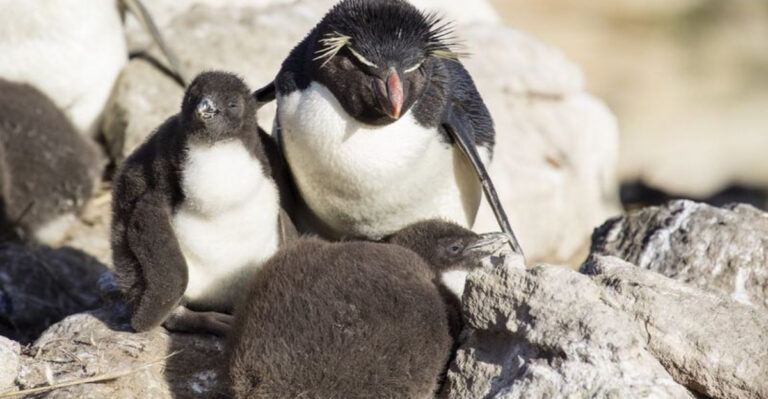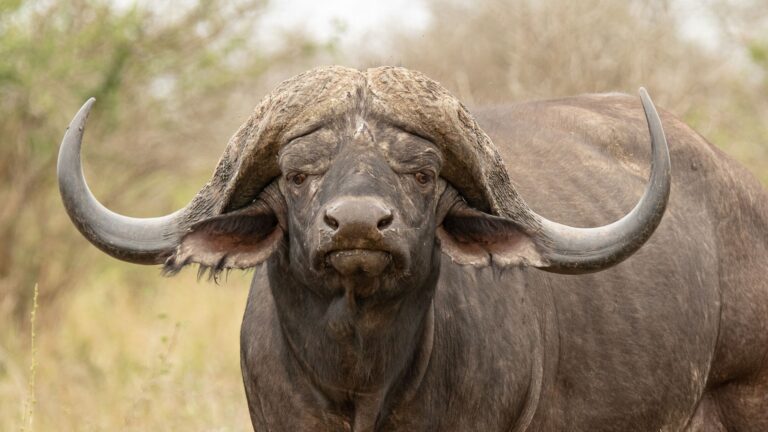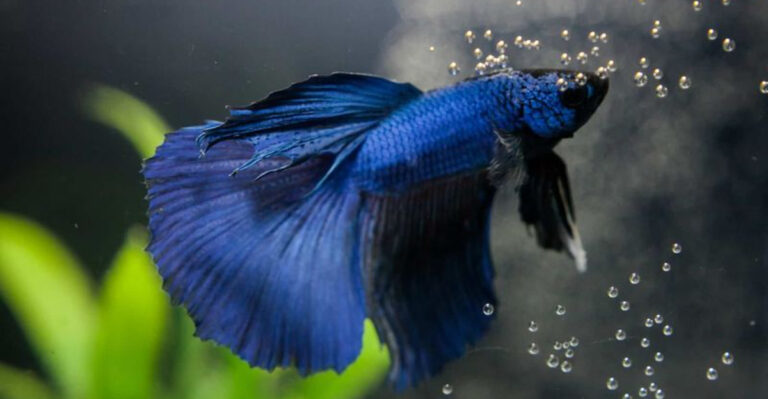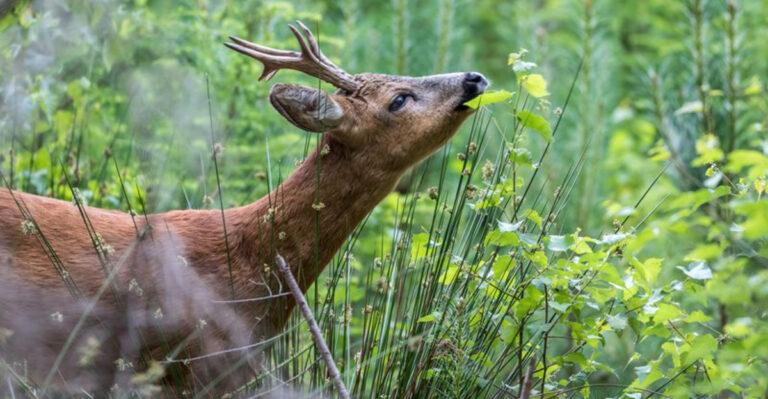16 Snakes That Bite Without Warning (And Where They Live)

Snakes slither through our nightmares and fascinate us in real life, but some species deserve extra caution.
While many snakes give warning signs before striking, certain species attack with lightning speed and no prior signals. Understanding which snakes might bite without warning and knowing where they live can help you stay safe during outdoor adventures.
1. Black Mamba
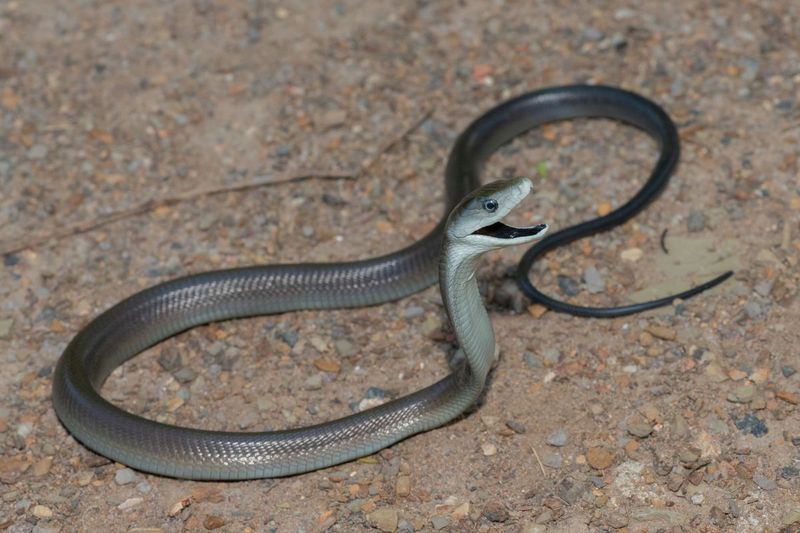
Africa’s fastest snake moves at speeds up to 12.5 mph, making escape nearly impossible once spotted. Native to rocky hills and savannas across sub-Saharan Africa, this gray-colored snake (despite its name) delivers multiple bites in a single attack.
Its venom can kill within 20 minutes if untreated. Local communities fear the black mamba not just for its deadly bite but for its aggressive temperament when cornered.
2. Inland Taipan

Often called the ‘fierce snake,’ this Australian reptile holds the title for most toxic venom of any land snake. Found in the semi-arid regions of central east Australia, its brownish coloration helps it blend perfectly with its surroundings.
A single bite contains enough venom to kill 100 adult humans. Though naturally shy and rarely encountered, the inland taipan strikes with precision when threatened, requiring immediate medical intervention.
3. Eastern Brown Snake
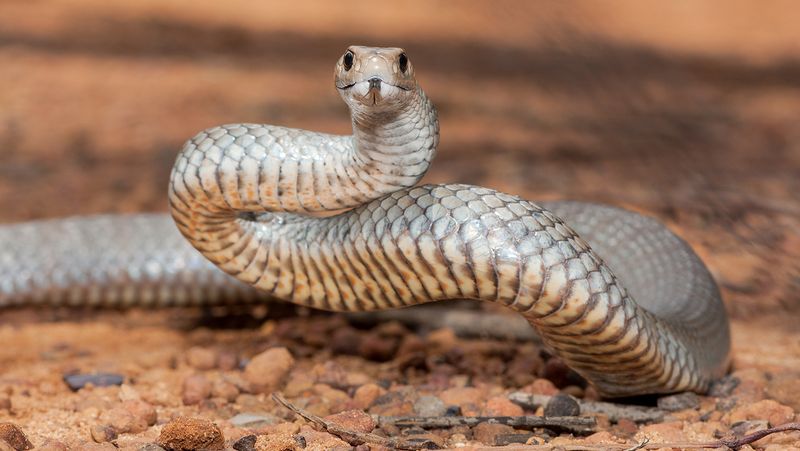
Responsible for more snakebite deaths in Australia than any other species, this slender snake strikes with incredible speed. Eastern browns inhabit diverse habitats from coastal regions to inland areas across eastern Australia.
Their venom causes progressive paralysis and uncontrollable bleeding. What makes them particularly dangerous is their tendency to stand their ground when threatened, raising their body in an S-shaped striking position without rattling or hissing first.
4. Russell’s Viper
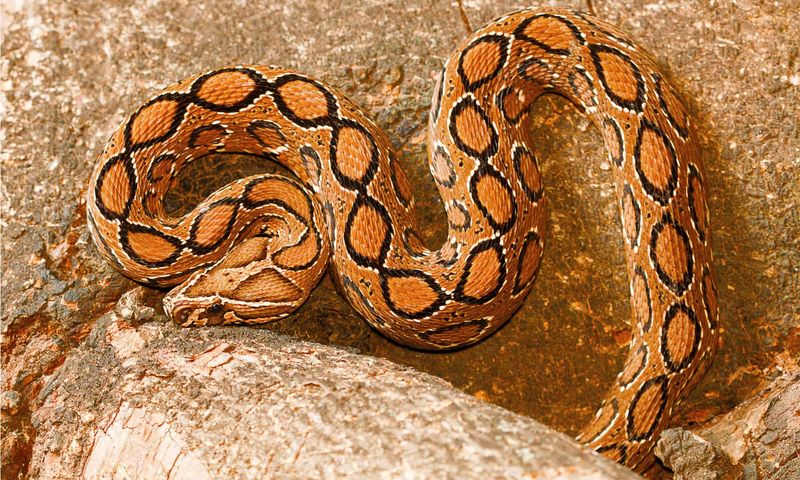
Known locally as ‘daboia’ meaning ‘the lurker’ in Hindi, this ambush predator causes thousands of deaths annually across its range. Russell’s vipers inhabit open grasslands and agricultural fields throughout the Indian subcontinent, Southeast Asia, and parts of China.
Their beautiful chain-like pattern conceals deadly intent. Unlike many vipers that warn with a hiss, Russell’s vipers often strike without any preliminary warning, making them particularly dangerous to farmers working barefoot in fields.
5. Death Adder
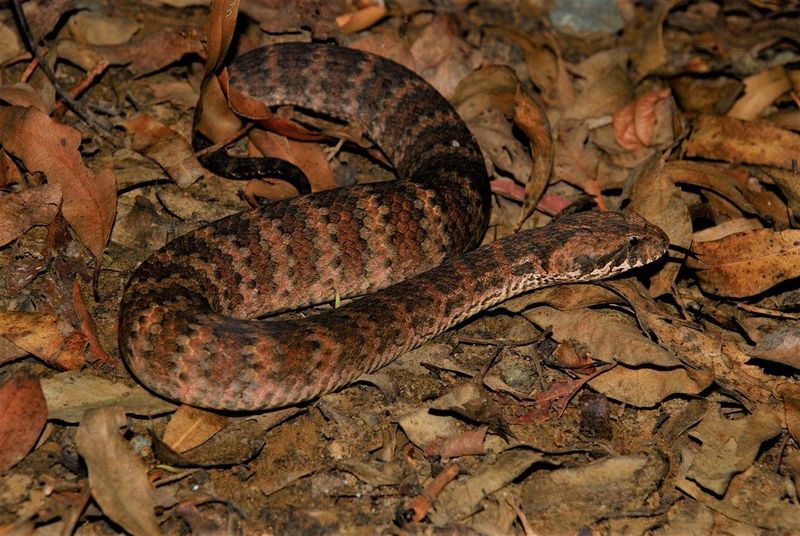
Masters of ambush, death adders bury themselves in leaf litter and sand, striking at lightning speed when prey approaches. These stocky, thick-bodied snakes inhabit woodlands, grasslands and shrublands across Australia, Papua New Guinea, and nearby islands.
Their leaf-shaped tail serves as bait to lure unsuspecting prey. With the fastest strike of any snake (under 0.15 seconds), even experienced handlers have been bitten before registering the snake’s movement.
6. Coastal Taipan
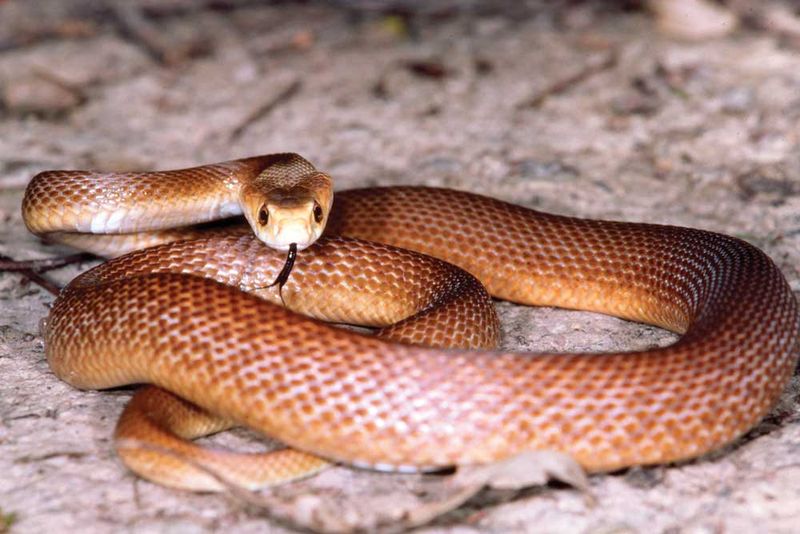
Australia’s longest venomous snake can deliver multiple rapid-fire bites in a single attack without warning. Coastal taipans inhabit tropical coastal regions of northern and eastern Australia, thriving in cane fields and grassy areas.
Their light brown to beige coloration varies seasonally. What makes them especially dangerous is their nervous temperament—when startled, they don’t waste time with warning displays but immediately launch into a series of precise, deep bites, injecting massive amounts of neurotoxic venom.
7. Tiger Snake
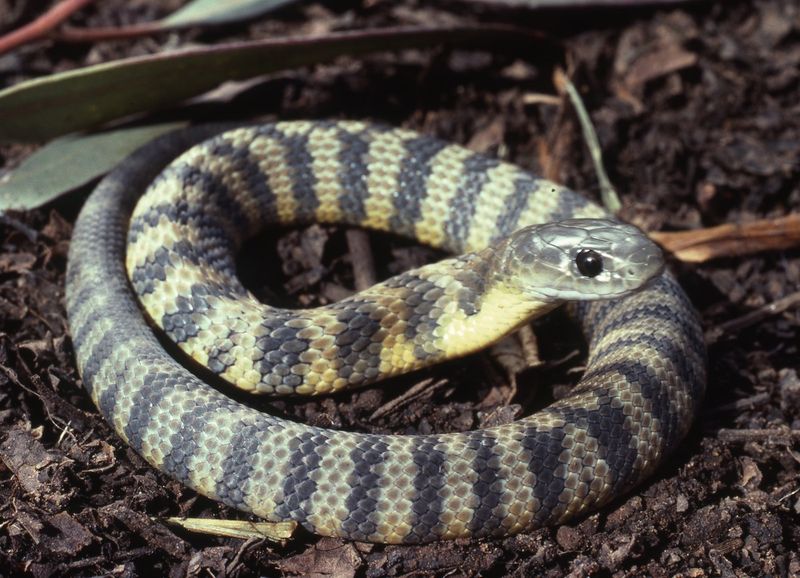
Named for their distinctive banded pattern resembling a tiger’s stripes, these highly venomous snakes strike with minimal provocation. Tiger snakes inhabit southern Australia’s coastal regions and islands, adapting to environments from wet marshlands to dry scrublands.
Their color varies dramatically by region. When threatened, tiger snakes sometimes flatten their necks like cobras, but often they’ll strike without this warning display, especially if surprised or cornered while basking in the sun.
8. Blue Krait
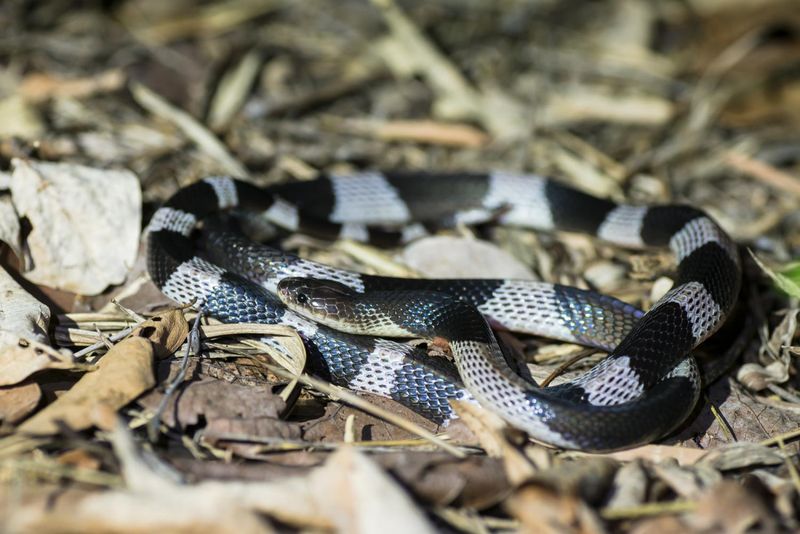
Midnight hunters with venom 16 times stronger than cobra venom, blue kraits silently claim many victims while they sleep. These beautiful blue-black banded snakes inhabit Southeast Asia, from Indonesia and Malaysia to southern China.
During daylight hours, blue kraits appear docile and rarely bite. Their deadly reputation comes from nocturnal hunting when they become aggressive and frequently enter human dwellings, biting sleeping victims who roll over onto them without warning.
9. Philippine Cobra
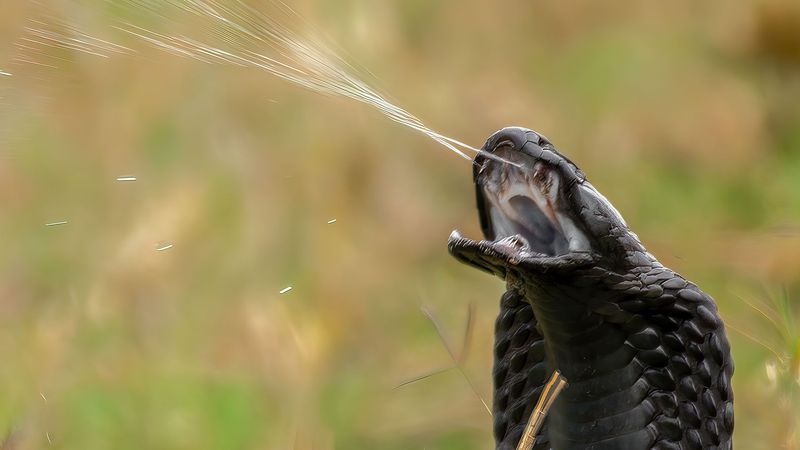
Unique among cobras for their ability to spit venom with pinpoint accuracy up to 10 feet away, targeting the eyes of threats. These medium-sized cobras inhabit lowland plains and forests throughout the Philippine archipelago.
Their brownish color darkens toward the tail. What makes Philippine cobras especially dangerous is their unpredictable nature—they may strike without the typical cobra hood display or spitting warning, particularly when encountered in confined spaces like farm buildings or dense vegetation.
10. Western Diamondback Rattlesnake
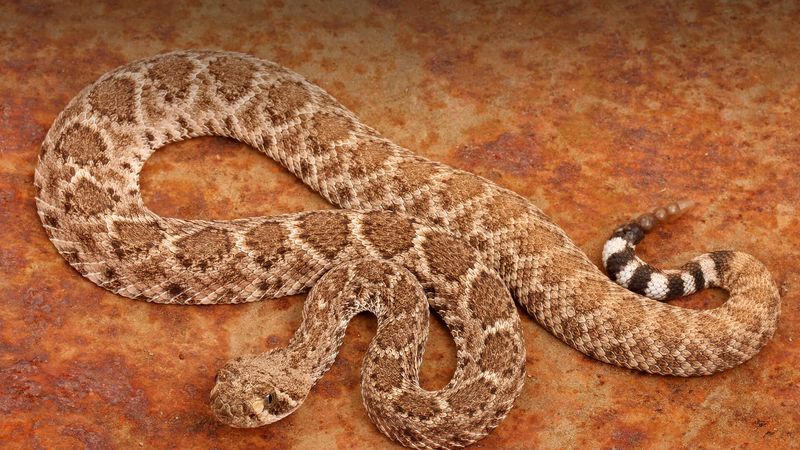
Despite possessing rattles, these iconic American vipers don’t always use their warning system before striking. Western diamondbacks inhabit arid and semi-arid regions across the southwestern United States and northern Mexico.
Their distinctive diamond pattern and facial stripes make them recognizable. Contrary to popular belief, rattlesnakes sometimes strike without rattling first, especially when surprised suddenly or during cold weather when they’re sluggish but still defensive.
11. Cape Cobra

Varying dramatically in color from yellow to black, cape cobras deliver some of Africa’s most potent neurotoxic venom. These highly adaptable snakes inhabit diverse landscapes across southern Africa, from desert fringes to forest edges.
Cape cobras are notoriously nervous and quick to strike. Unlike many cobras that maintain their hood display for extended periods, cape cobras often strike with minimal warning, making them responsible for numerous bites to farmers and rural workers in South Africa.
12. Saw-Scaled Viper
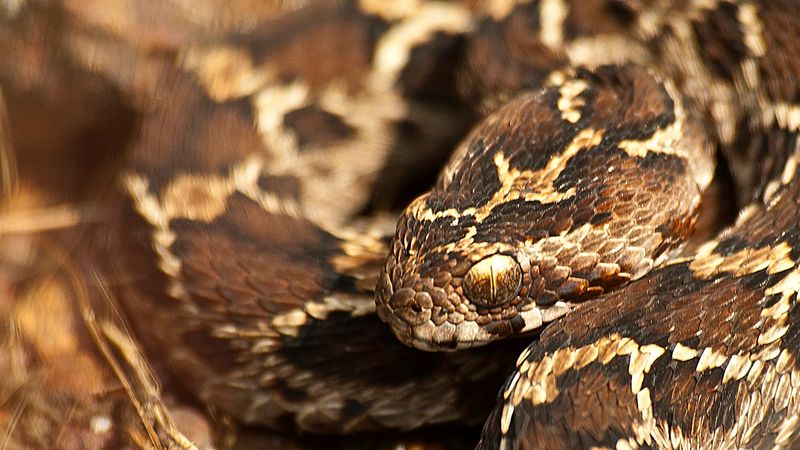
Small but responsible for more human deaths than any other snake worldwide, these tiny terrors earned their name from their unique warning system. Saw-scaled vipers inhabit arid regions from India through the Middle East and across northern Africa.
When threatened, they rub their scales together creating a distinctive rasping sound. However, they frequently strike without this warning, especially when stepped on accidentally. Their small size (rarely exceeding 30 inches) makes them easy to overlook in sandy terrain.
13. King Cobra
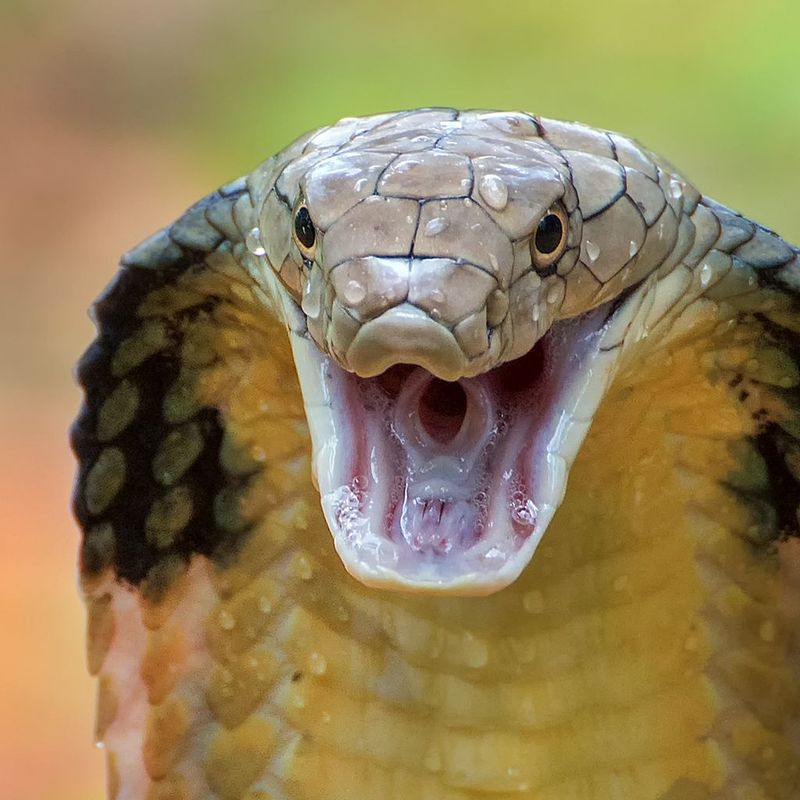
The world’s longest venomous snake can raise its head nearly 6 feet off the ground before striking downward with tremendous force. King cobras inhabit forested areas throughout South and Southeast Asia, from India to the Philippines.
Despite their intimidating hood display, king cobras sometimes strike without fully expanding their hood, particularly when hunting or if approached from behind. Their intelligence and ability to track prey over distance make them especially formidable predators.
14. Fer-De-Lance
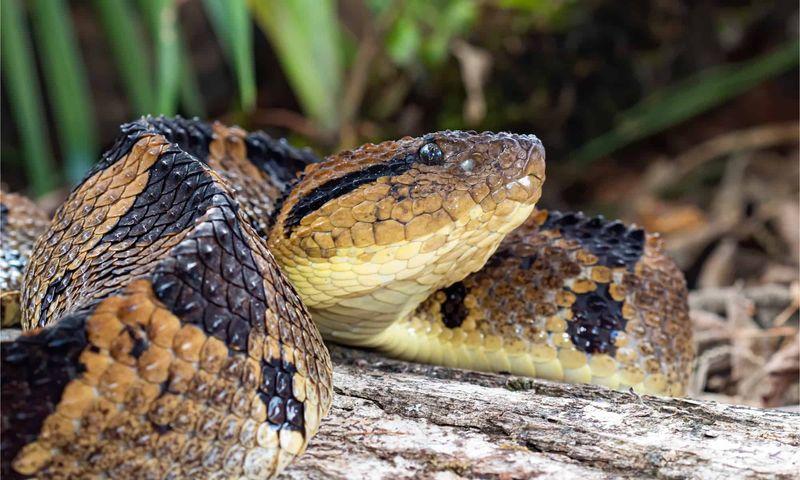
With heat-sensing pits that detect prey in complete darkness, these pit vipers strike with deadly accuracy any time of day. Fer-de-lance snakes inhabit lowland tropical forests from Mexico through Central America and into northern South America.
Their name means ‘spearhead’ in French, describing their distinctive triangular heads. Perfectly camouflaged among forest leaf litter, they rarely move when approached, preferring to remain motionless until the last second before delivering a lightning-fast strike without warning.
15. Puff Adder
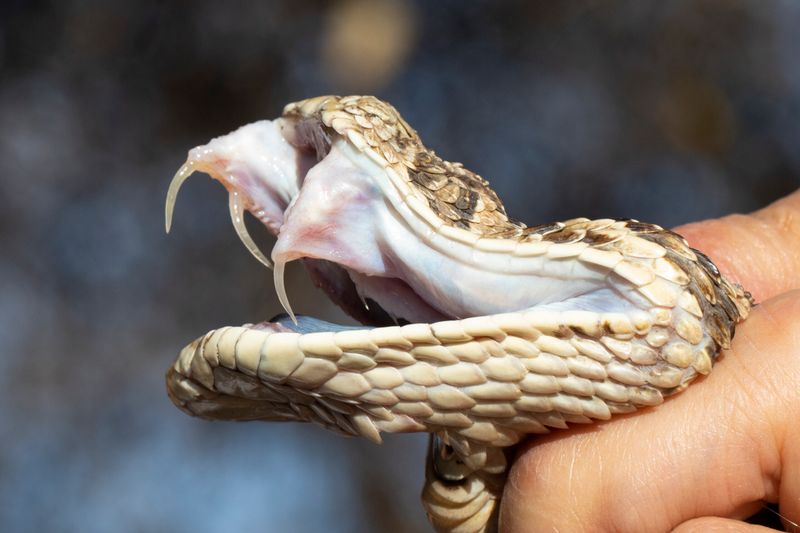
The Puff Adder is notorious for its sudden strikes. Found across sub-Saharan Africa, it prefers rocky terrains and grasslands. Its camouflaged appearance makes it nearly invisible in its habitat, increasing its chance of biting unsuspecting victims.
Unlike other snakes, the Puff Adder relies on its speed, launching itself with remarkable velocity. Even while sunbathing quietly, it’s always alert. Interestingly, it doesn’t chase prey or humans, but its defensive nature ensures it responds swiftly when threatened.
16. Banded Sea Krait

The Banded Sea Krait possesses a unique charm with its striking black and white bands. Inhabiting the warm waters of the Pacific Ocean, it can often be found near coral reefs, coiled around rocks or hunting for prey.
While generally docile, its venom is potent, and it can bite unexpectedly if provoked. Unlike terrestrial snakes, this krait spends much of its life in the ocean, surfacing only occasionally to breathe.
Did you know? Although primarily aquatic, the sea krait can crawl onto land, making it a versatile predator in both marine and terrestrial environments.

